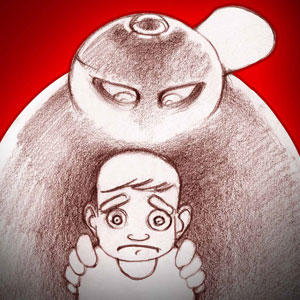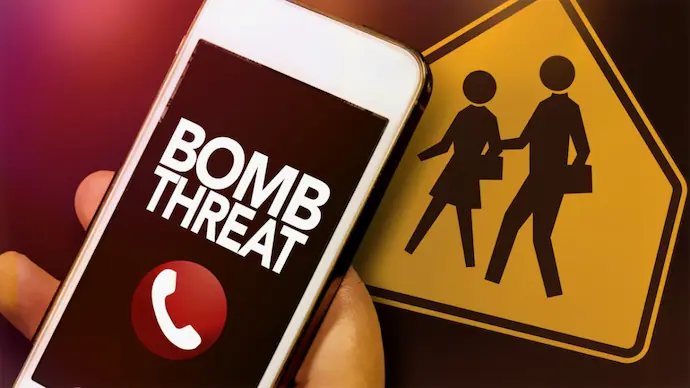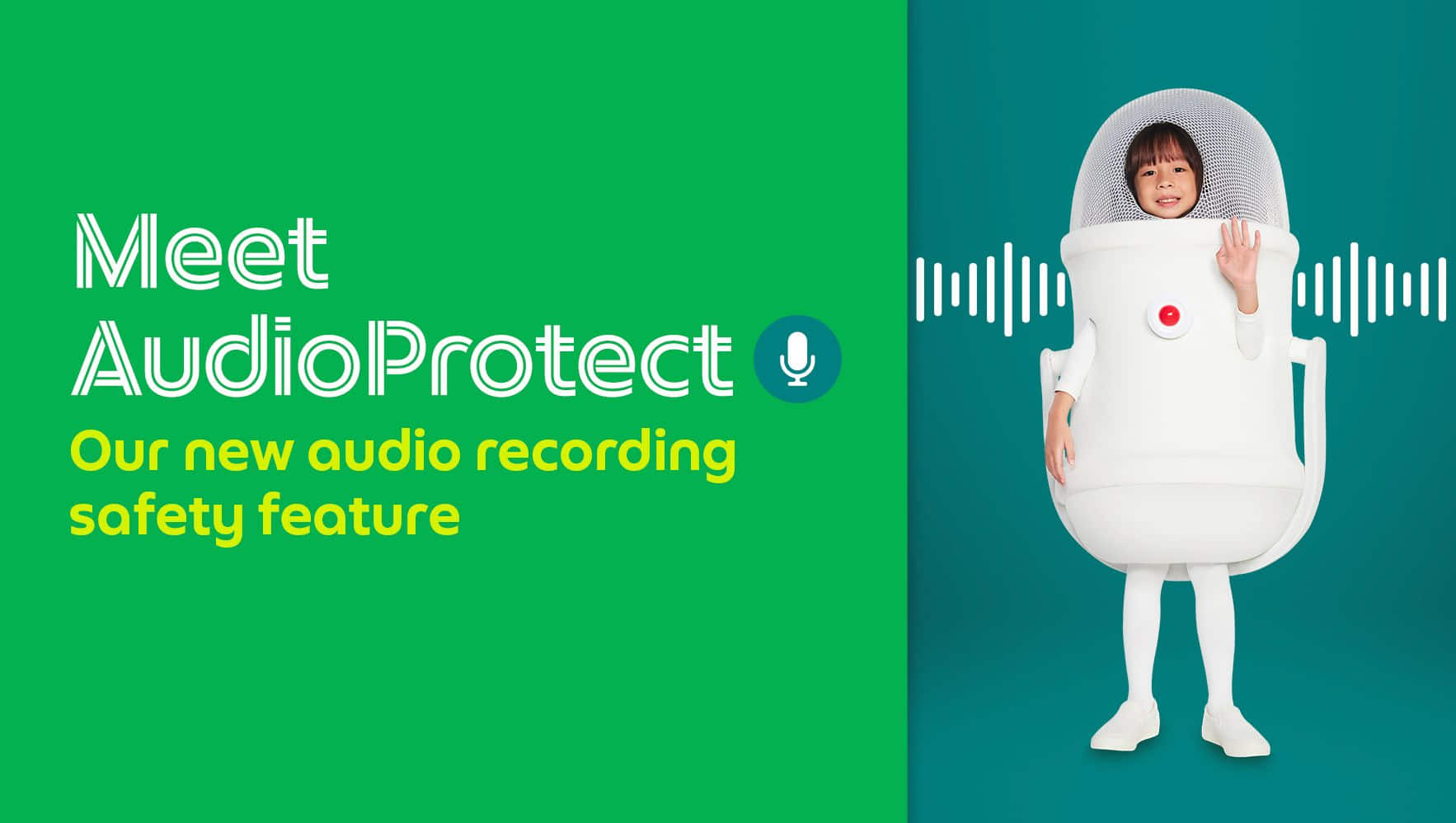 Miko, a sixth-grader at a private school, dreads going to school. He has pleaded with his parents to transfer him to another school, to no avail. A happy, outgoing 11-year old, he has repeatedly complained that he has no friends in school, and has burst into tears on at least one occasion while narrating how his classmates wouldn’t let him join their games, or why he eats alone during recess.
Miko, a sixth-grader at a private school, dreads going to school. He has pleaded with his parents to transfer him to another school, to no avail. A happy, outgoing 11-year old, he has repeatedly complained that he has no friends in school, and has burst into tears on at least one occasion while narrating how his classmates wouldn’t let him join their games, or why he eats alone during recess.
Even though he has not suffered from physical abuse, Miko is a classic victim of school bullies. Bullying is a big problem that affects a lot of kids. Ms. Norie Hesmundo, Head of the Guidance Office at the San Beda College Alabang Grade School, says that one of every five cases referred to their office by the school’s Prefect of Discipline involves bullying of some sort. While this number is relatively small compared to incidents of bullying in the US or UK where as many as three-quarters of all kids say they have been bullied or teased, bullying creates undue stress that can seriously affect a child’s performance in school.
What Is Bullying?
Bullying is an act of repeated aggressive behavior in order to intentionally hurt another person, physically, emotionally or mentally. Bullying is characterized by an individual behaving in a certain way to gain power over another person. (Besag, 1989) Behaviors may include name calling, verbal or written abuse, exclusion from social situations and activities, physical abuse, or coercion (Carey, 2003; Whitted & Dupper, 2005).
Bullying usually occurs in all areas of the campus. It can happen in nearly any part in or around the school building, though it more often occurs in PE class, during recess, along hallways, in bathrooms, on school buses and waiting areas for buses, in classes that require group work, and/or after school activities. Bullying in school sometimes consists of a group of students taking advantage of or isolating one student in particular. These bullies taunt and tease their target before physically bullying the target.
Who Bullies?
Bullies can be easily spotted, and parents as well as school authorities should be on the lookout for telltale signs that children are turning into little monsters, whether at home or in school.
Some bullies are looking for attention. They might think bullying is a way to be popular or tough. They may bully out of jealousy or, they may have been bullied themselves (Crothers & Levinson, 2004).
Most bullies are either trying to make themselves feel more important or get what they want. Picking on someone else makes them feel big and powerful.
Some bullies come from families where everyone is angry and shouting all the time. They may think that being angry, calling names, and pushing people around is a normal way to act. Some bullies are copying what they’ve seen someone else do.
Sometimes bullies know that what they are doing or saying hurts other people. But other bullies may not really know how hurtful their actions can be. Most bullies don’t understand or care about the feelings of others.
Bullies often pick on someone they think they can have power over, whether these are children who are bigger or smaller than they are. They might pick on kids who get upset easily or who have trouble standing up for themselves. Getting a big reaction out of someone can make bullies feel like they have the power they want. Bullies sometimes pick on someone who is smarter than they are or different from them in some way. Sometimes bullies just pick on a kid for no reason at all.
One student or a group can bully another student or a group of students. Some children bully because they have been isolated, and they have a deep need for belonging, but they do not possess the social skills to effectively keep friends.
School children who bully other kids are the type who enjoy putting other children down. Such children actually feel insecure, and bullying others makes them feel better about themselves.
The Prefect of Discipline for Grade IV at the San Beda College Alabang notes that bullies often come from broken families, or those where one or both parents are abroad. Many of these children also exhibit problematic behavior at home, and their guardians are not surprised at the offenses committed by their wards in school.
Bullying can also be perpetrated by teachers and the school system itself: there is an inherent power differential in the system that can easily predispose to subtle or covert abuse, humiliation, or exclusion—even while maintaining overt commitments to anti-bullying policies (Garbarino, J & de Lara E., 2003; Whitted, K.S., 2005; and Whitted K.S. & Dupper, D. R.).
What Are the Effects of Bullying?
Bullied kids are traumatized so they refuse to play outside or go to school. Concentrating on schoolwork becomes doubly difficult when kids worry about how they’re going to deal with the bully seated next to them. Bullying bothers everyone, not just the kids who are getting picked on. Bullying can make school a place of fear and can lead to more violence and more stress for everyone.
Bullying poses a serious problem as it damages a student’s well-being and impedes development. It can make kids feel hurt, scared, sick, lonely, embarrassed, and sad. Bullies might hit, kick, or push to hurt people, or use words to call names, threaten, tease, or scare them. A bully might say mean things about someone, grab a kid’s stuff, make fun of someone, or leave a kid out of the group on purpose. Some bullies threaten people or try to make them do things they don’t want to do.
Victims of bullying can suffer from long-term emotional and behavioral problems. Bullying can cause loneliness, depression, anxiety, and lead to low self-esteem and increased susceptibility to illness (Williams, K.D., Forgás, J.P. & von Hippel, W. [Eds.], 2005).
Mona O’ Ross of the Anti-Bullying Centre, Trinity College Dublin says that indeed, the effects of bullying can be serious and even fatal, as “individuals — whether children or adult — who are persistently subjected to abusive behavior are at risk of stress-related illness which can sometimes lead to suicide.”
 Bullying: How to Handle It
Bullying: How to Handle It
Bullies present a real threat not just to their fellow students, but to teachers and other school staff as well. Abet, a known bully who openly challenged school authorities as a grade school student, sent his class adviser twice to the school clinic complaining of chest pains after their many confrontations. He also led other bullies and school thugs in destroying school property, often sneaking in campus after school hours to vandalize walls and other school paraphernalia.
As many school counselors know, the first place to deal with bullies—or prevent a child from becoming one—is at home. If they are ironically lucky not to have turned out bullies, parents can advise their children on how to deal with children who are either by totally avoiding known bullies in school or preventing a run-in with one, or telling them what to do if they come face-to-face with a bully. Helpful tips include standing up against their would-be tormentors and being brave enough to say no to put a stop to acts of aggression being inflicted upon them, getting a buddy and being a buddy to someone else who is being bullied, never bullying back, and telling an adult of any instance where they felt they were bullied (“Helping Kids Deal With Bullies”, KidsHealth as reviewed by Michelle New, M.D., June 2007).
Aside from parental intervention at home, school authorities can also do a lot to prevent bullies from wreaking havoc in school, or at least minimize the damage that bullies can inflict on their schoolmates. Sometimes the best way to stop bullying is to get the entire school—all the teachers, the students and staff—to agree to make the school a bully-free-zone. While the problem seems less serious in many Philippine schools, the effects of bullying on children are enough to warrant conscious and concerted efforts to manage incidents of bullying in the campus.
Anti-bullying programs should be designed to teach students cooperation, as well as train peer moderators in intervention and dispute resolution techniques as a form of peer support. The programs usually focus on increasing awareness and supervision, establishing clear rules, and providing support and protection for victims.
It takes more than just one assembly and a few signs, however, and school staff and students have to put those words into action. Teachers might change the way they handle bullying when they see it. For students, it might mean learning more about other kids at their school, especially those who are different. Sometimes a bully will pick on a kid just because he or she is of a different race, comes from a different culture, looks different, or has a learning problem. A simple yet effective deterrent to bullying is the physical presence of school authorities such as discipline officers in places where students congregate—and where bullies are most likely to strike. In one school in Cavite, smaller class sizes and student-to-personnel ratios, as well as roving personnel on school grounds at all times of the day have helped reduce incidents of bullying altogether.
What Happens to Bullies?
Now a successful businessman and a budding local politician, Abet realizes that he missed a lot of opportunities to become a really good student because he was more intent on becoming the biggest bully in school.
The good news is that kids who are bullies can learn to change their behavior. Teachers, counselors, and parents can help by praising kids who treat others fairly and with respect. Some bullies turn into great kids. Some bullies never learn, and many end up in trouble. Nobody, however, needs to put up with a bully’s behavior. Everyone has the right to feel safe, and being bullied makes people feel unsafe—especially children. •


 Bullying: How to Handle It
Bullying: How to Handle It



